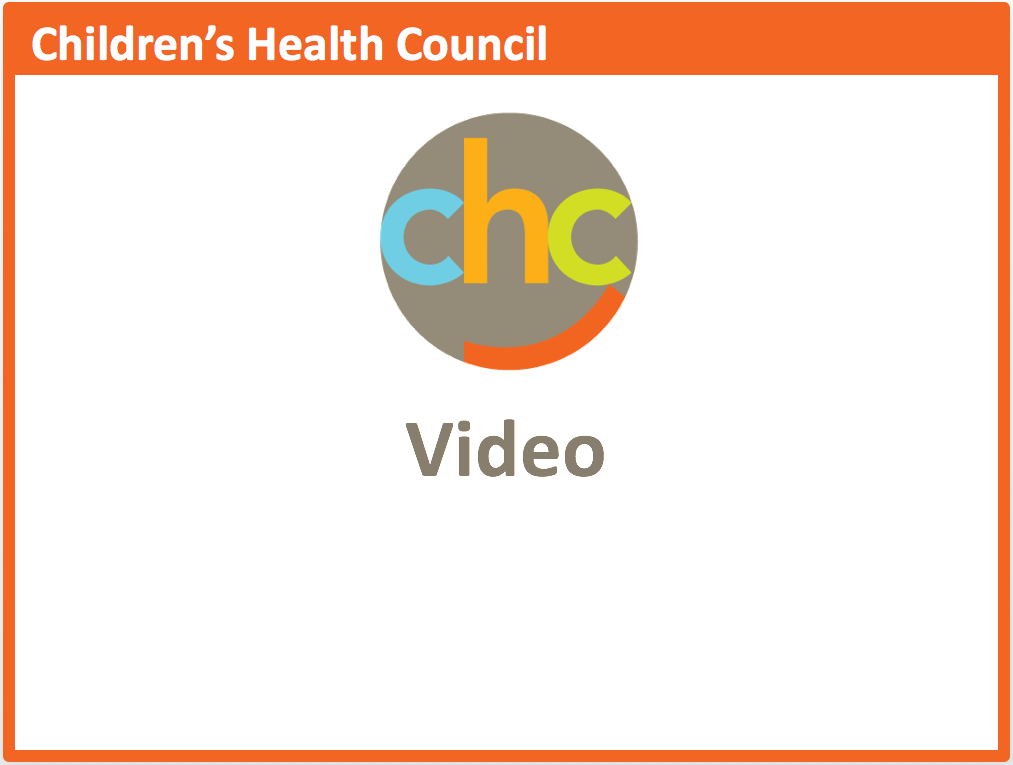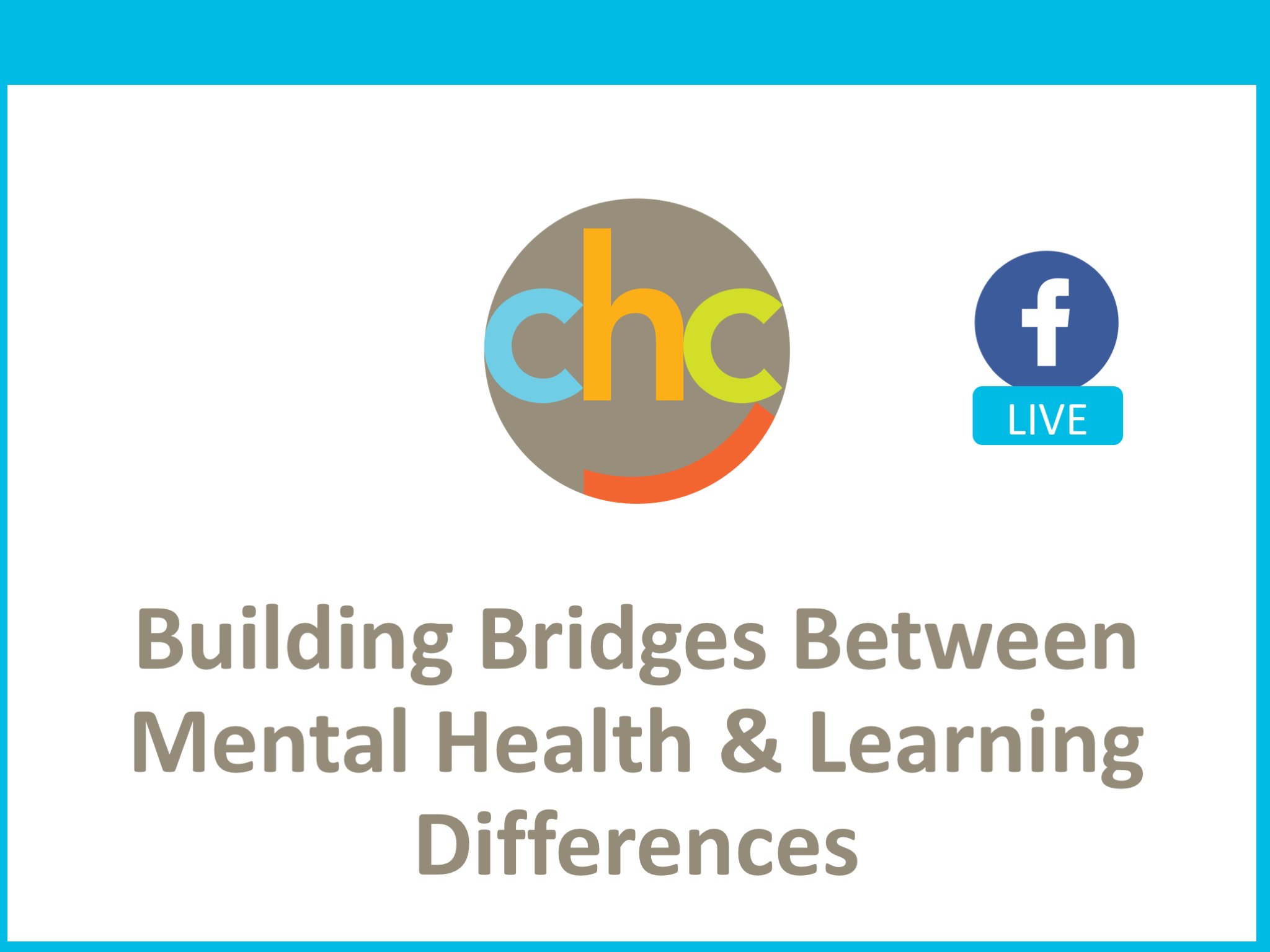 The concept of a gap year makes perfect sense: Your stressed-out teen with ADHD takes a year off to mature, gain independence, build skills, and find direction before entering college or starting a career. But isn’t it risky to step off the hamster wheel? Here, an education expert explains why the answer is, “No.”
The concept of a gap year makes perfect sense: Your stressed-out teen with ADHD takes a year off to mature, gain independence, build skills, and find direction before entering college or starting a career. But isn’t it risky to step off the hamster wheel? Here, an education expert explains why the answer is, “No.”
Advantages of a gap year
Gap year programs help young adults clarify their career goals, and discover new interests and passions. If the gap year involves travel, it can broaden perspectives and provide insight into other cultures – a more globally aware teen is a more conscientious teen.
A gap year can help renew your child’s passion for academics — something commonly lost along the way to commencement day. It can help them appreciate the opportunities that learning brings, and give teens a sense of maturity and self-confidence, along with improved organizational life skills.
Why a gap year?
Young adults with ADHD tend to be somewhat impulsive and reactive. They’re also easily distracted, disorganized, and unable to finish what they start. Research done by the Frostig Center, called Life Success Attributes, sought to identify predictors of future success by studying the attributes shared by successful adults with attention challenges and learning disabilities. These attributes included self-awareness, the ability to be proactive, perseverance, the ability to use effective support systems, and good emotional coping skills.
A gap year can help develop all of these qualities. It’s a year of self-reflection to figure out what really matters, what really motivates them, and how to move forward with conviction.
Designing a gap year
A good gap year is structured, goal-oriented, and adventurous. Make plans with an eye toward, “What’s next?” It should combine:
- Travel (foreign, domestic, or local – within 3 hours of home)
- Work/internships
- Volunteer opportunities
- Specialty classes
The idea is to help your child stretch beyond her comfort zone, because that is where growth occurs. The larger role your teen takes in designing his gap year, the more powerful (and educational) the exercise becomes.
What’s after a gap year?
Research out of UNC indicates that individuals who take advantage of a gap year are more likely than other students to graduate in 4 years, have a higher GPA, and move into leadership situations more quickly than students who don’t.
Teens who take a gap year tend to learn more about themselves, what matters to them, and how to approach the world. It’s fairly commonplace now to apply to college during your senior year of high school, then choose to defer enrollment for a year. It’s also possible to wait and apply with the gap year on your child’s resume.
But college is not for everyone. Part of the gap year is figuring out your child’s ideal direction, what that might look like.
Is a gap year right for us?
A gap year can cost between $15,000 and $50,000. But often, it’s a huge cost savings. A teen without direction or drive is not going to graduate college within four years. Taking a year to focus on what’s next can prevent her from dragging out graduation for 6 or 7 years.
In addition, a teen who struggles and flounders their first year of college should consider taking a gap year as well. Some colleges will let a failing student be reinstated after meeting some academic or other criteria.
Excerpted from “The Glorious Comeback of the Gap Year” in ADDitude Magazine. Read the full article online for additional details, including suggestions for o







